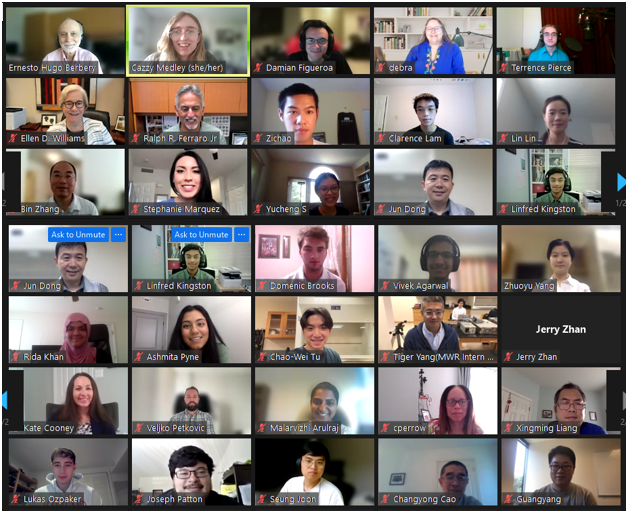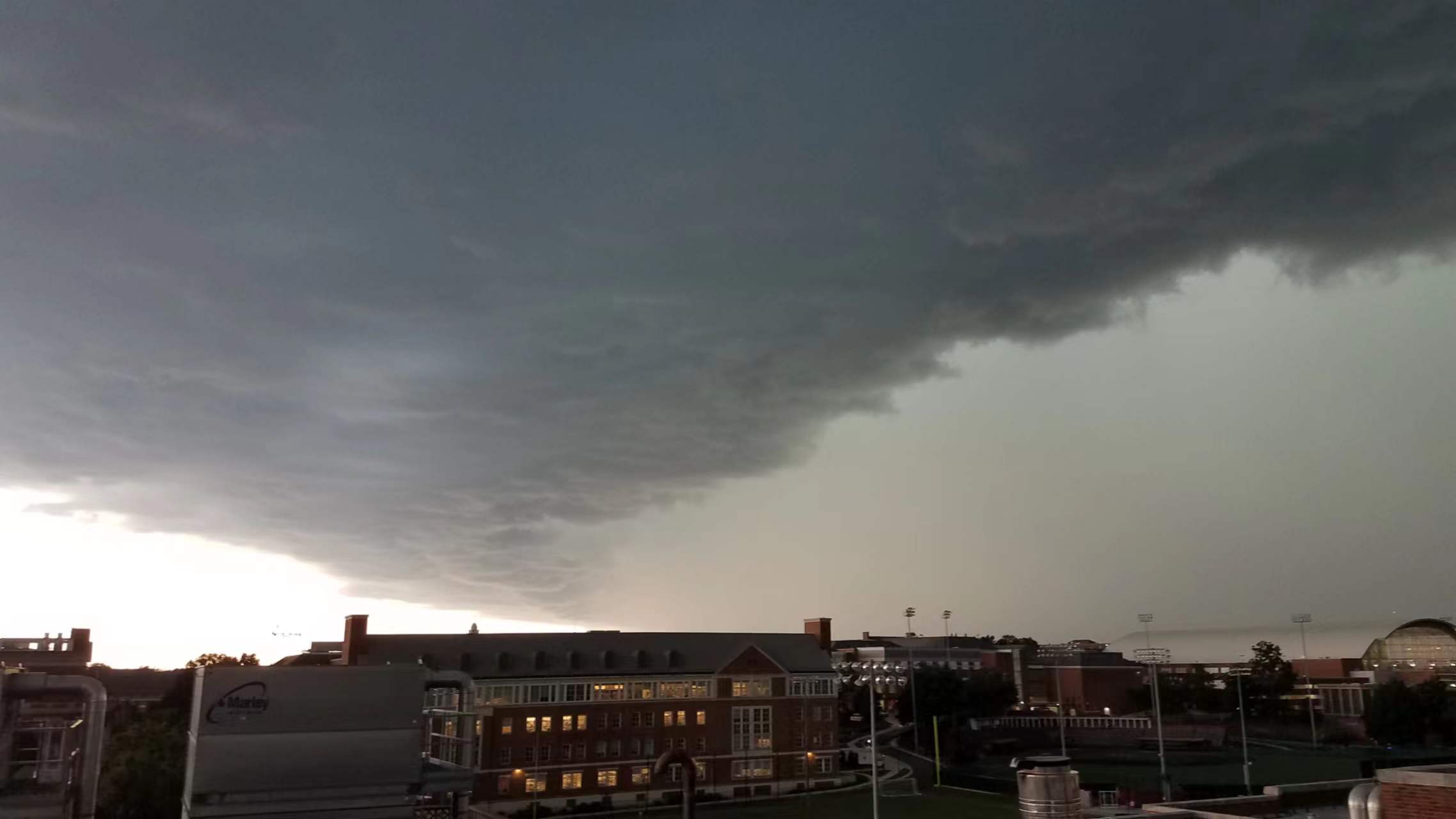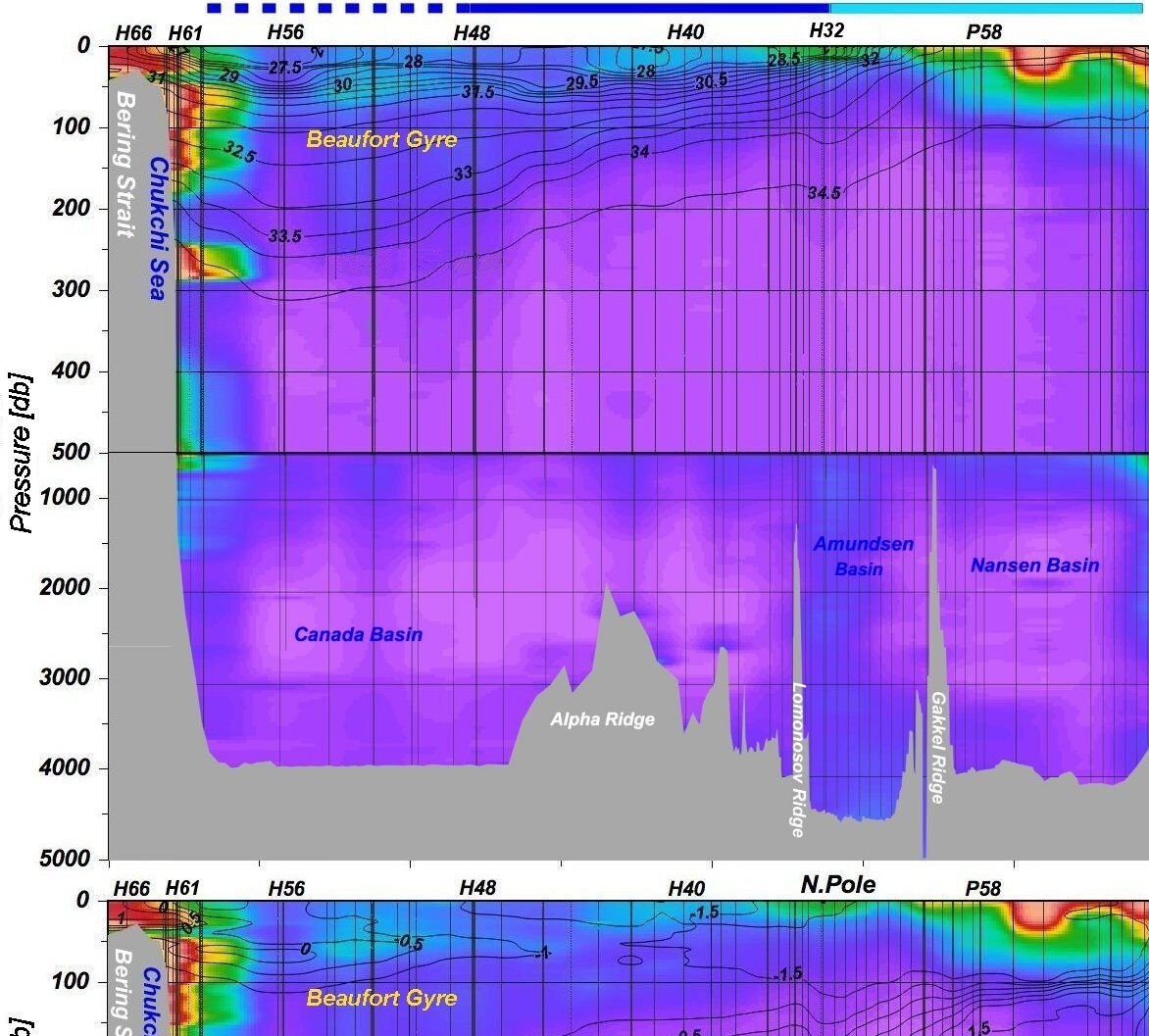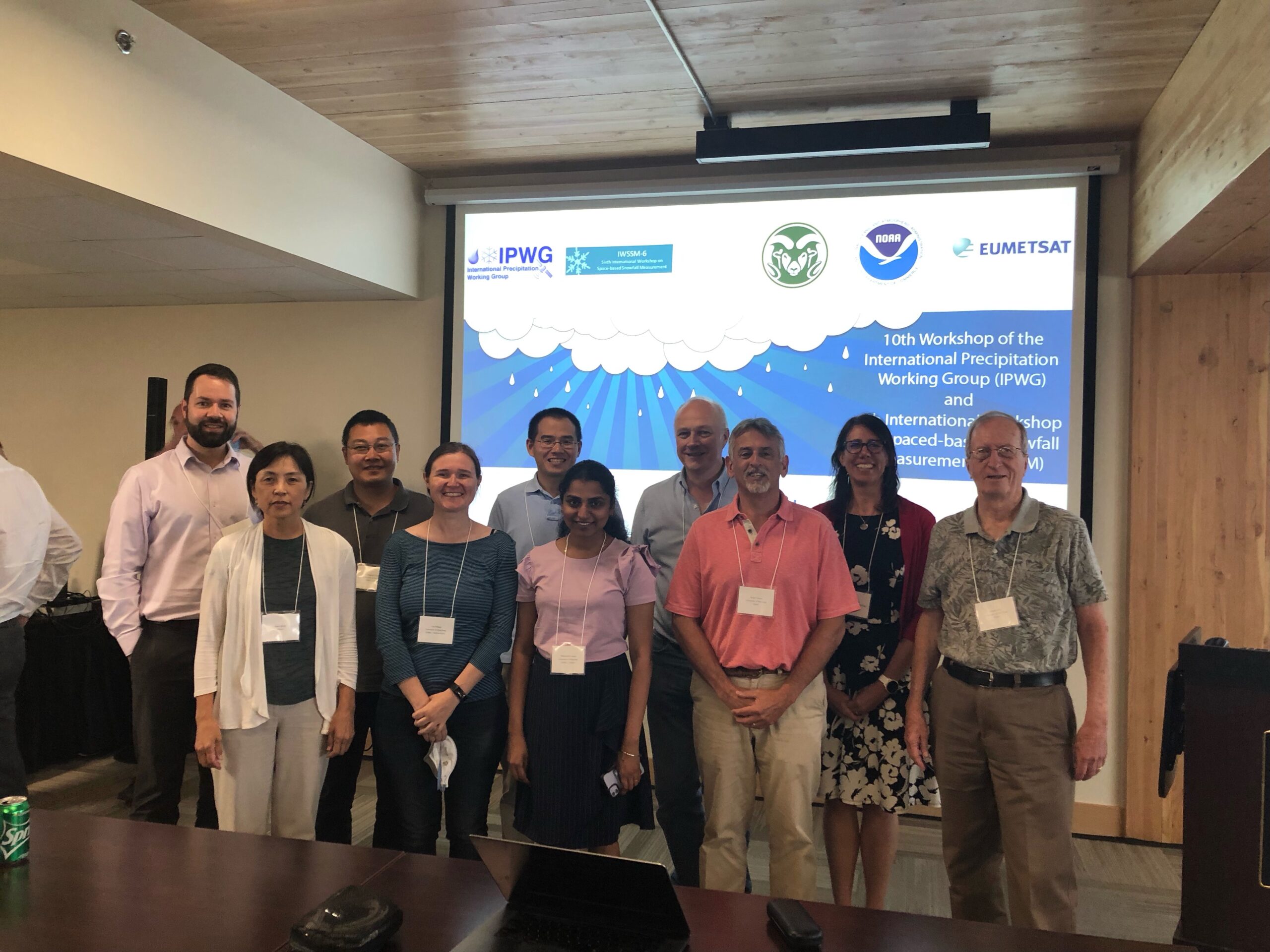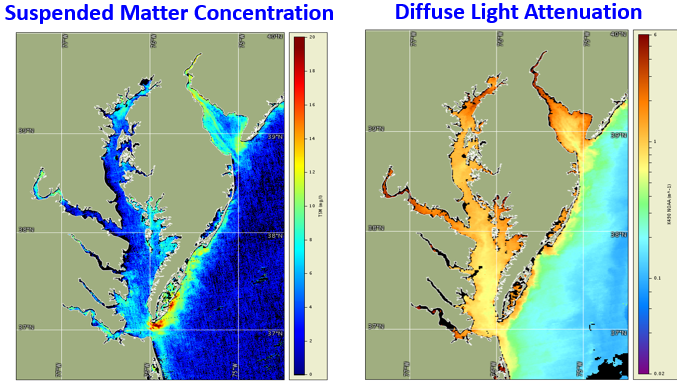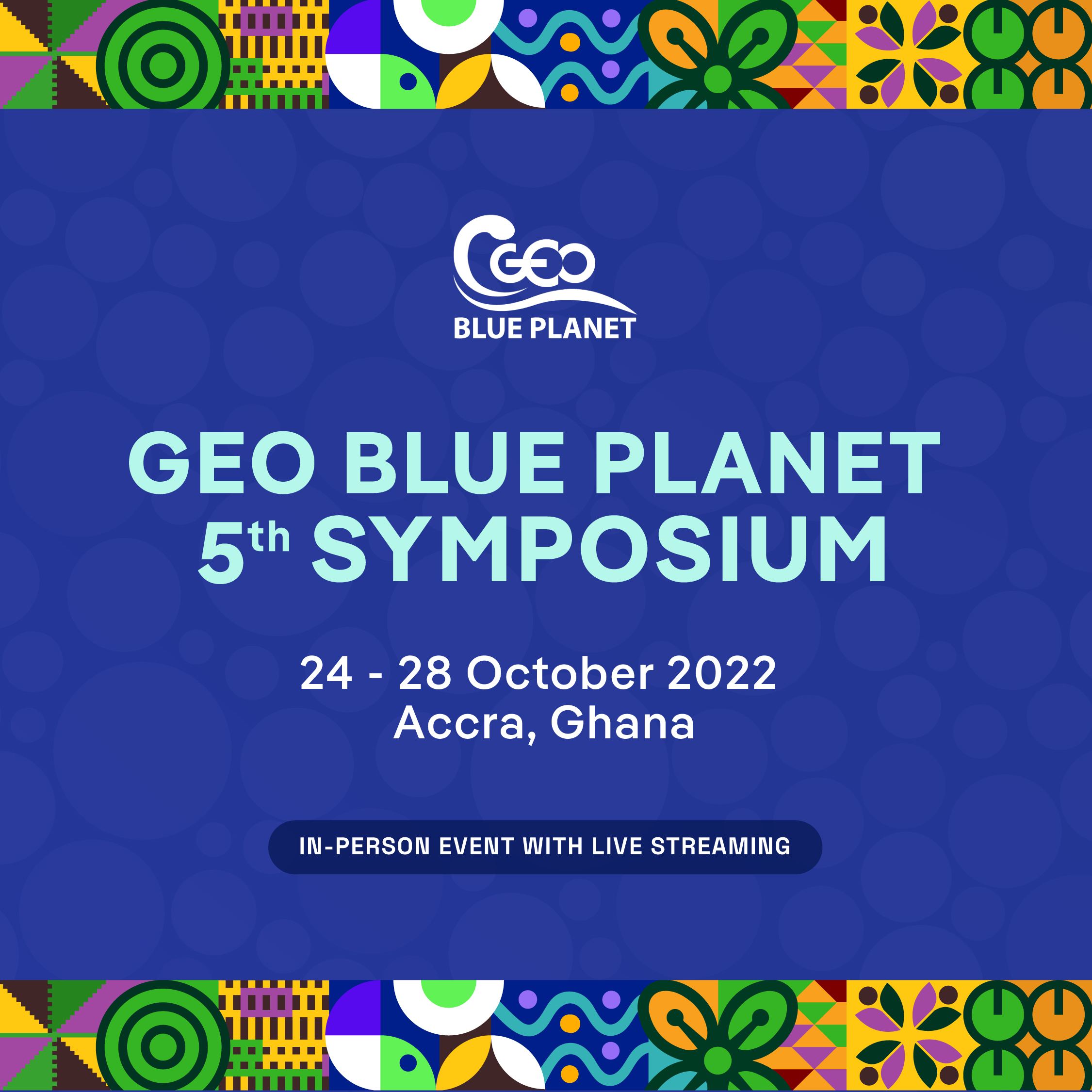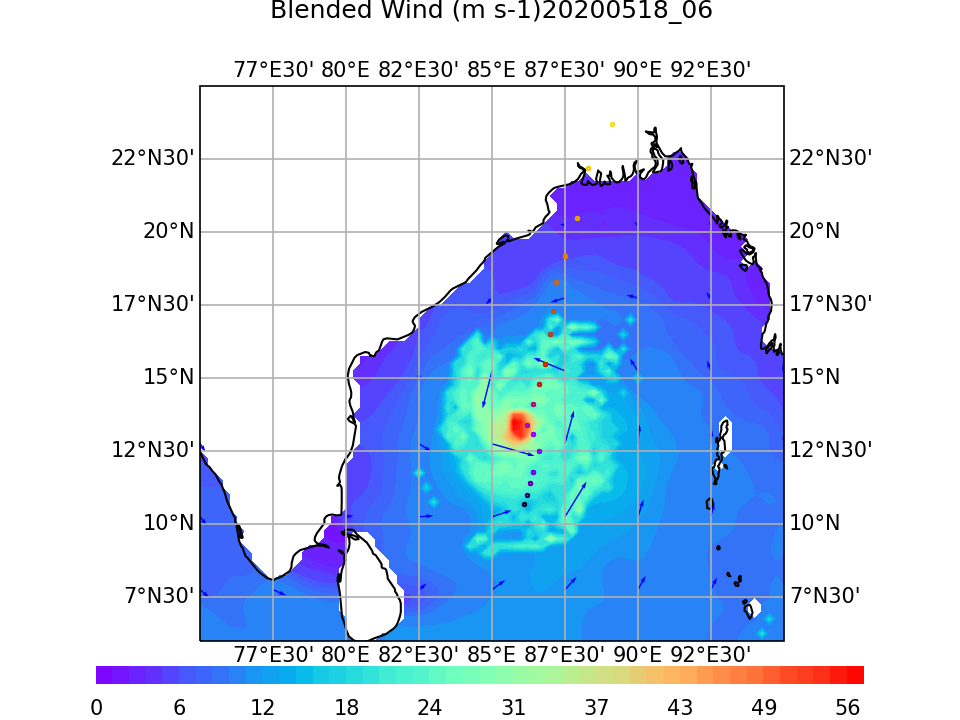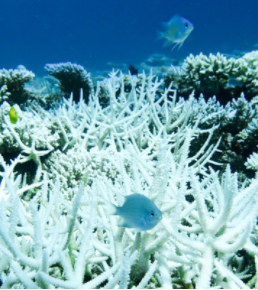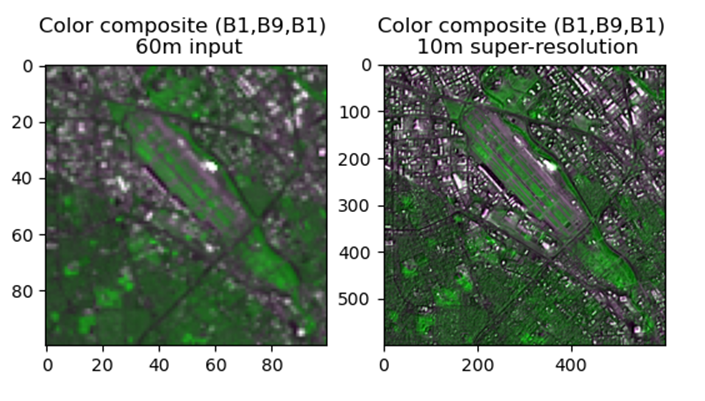For more than 20 years, NOAA Coral Reef Watch (CRW) has been the world’s leader in observing, predicting, and communicating changes in the coral reef environment to a diverse, global user community. In mid-December 2021, CRW’s daily global 5km-resolution satellite coral bleaching heat stress products detected a significant build-up of oceanic heat stress on the Great Barrier Reef (GBR), Australia. This signified the GBR was starting its 2021-2022 summer season with a much earlier onset of accumulated heat stress than ever recorded before. At the same time, CRW’s modeled Four-Month Coral Bleaching Heat Stress Outlook indicated the significant heat stress would continue, leading to a potential mass coral bleaching event on the GBR (following on the heels of confirmed mass bleaching events in 2016, 2017, and 2020).
